Courtesy of Janet McGurty, Platts S&P
Meridian expects its Williston Basin refinery under construction to be a “winning formula” prototype for shale oil basin refineries across North America and eventually the world, CEO Bill Prentice said in an interview.
Even though construction has stopped ahead of the harsh North Dakota winter, Meridian is using the time to work with engineering design firm Axens to explore how to use its technology to create the cleanest and most efficient refinery ever. And it will be built to specifically run Bakken crude.
The current estimate for start-up of the 49,500 b/d Davis refinery at the end of 2020 is later than originally anticipated due to permitting delays. On June 12, 2018, Meridian received a key emissions permit, the so-called Synthetic Minor Source “Permit to Construct” from the North Dakota Department of Health, 18 months after the initial application was filed by the company and as Meridian negotiates with bigger engineering, procurement and construction contractors for the plant’s full turnkey project, oil producers in other shale regions are actively expressing interest in Meridian’s project, Prentice said.
“We have a lot of intellectual property over the past three years that would allow us to go into almost any shale basin and build a smaller, synthetic minor source refinery,” said Prentice.
Meeting environmental concerns
The Davis refinery is being built within 5 miles of the Theodore Roosevelt National Park, a point of consternation for environmentalists and some local residents. During the public comment period for the air-quality permit alone, Meridian had over 11,000 comments.
“There were several advocacy groups that were vocal in their opposition,” said Prentice about the process of getting the refinery air-quality permit as well as the county-issued siting-use permit issued earlier.
“We proved you won’t be able to see it from the park. You won’t be able to smell it from the park, or hear it from the park, so they kind of ran out of arguments, and we got the use permit,” he said.
Prentice said the fact the Davis refinery has to meet the most stringent “class one air quality restrictions” requires them to reduce their emissions more “than anyone else has ever done before with a refinery.”
“The fact is this is going to be the cleanest refinery in the world, probably, because it’s so close to a national park,” he added.
Tightening the footprint
Meridian does not expect to ever reach its permitted emissions levels at the Davis refinery because of its compact design.
Prentice said the 49,500 b/d crude unit will be “tighter” than the average refinery and “that’s not hard when you are building a brand new plant” and units will be sited to minimize the amount of pipelines needed to connect them.
“It’s an open secret that fugitives emissions from 300 feet of pipe are one-third of that from 900 feet of pipe,” he said. “Tighter footprint means lower emissions.”
Meridian is also borrowing more efficient power-industry specifications when building the unit heaters, something seen in refinery retrofits over the past few years. The catalysts used in the 19,000 b/d hydrotreater unit and the 16,300 b/d reformer unit will require less heat “thereby reducing emissions further,” he added.
Prentice said the refinery will not go over its permitted emissions because of its compact footprint.
“We don’t want to be the biggest refinery in the world. We just want to be the most profitable,” he said.
The bottom line
Lower emissions means cleaner air as well as better refining margins and profitability and are a result of “efficient engineering,” Prentice said.
“Those hydrocarbons are worth money. A refinery that’s designed when oil is at $80/b is going to pay closer attention than one that was designed when it was $5 or $10/b. Our flares are probably going to operate only five hours a year,” he said. “We run everything that would otherwise become a waste gas through a unit that sends it back to become part of a feedstock again,” he added.
This is possible due to careful attention to engineering design as well as the small size of the refinery, which can be more efficient in comparison to larger refineries that have been expanded over time, he said.
The light, sweet characteristic of the local Bakken shale oil also helps in keeping emissions low. Being sited in the middle of a growing production area cuts transportation costs, increasing profitability. Bakken cracking margins for Midwest refiners are averaging $24.37/b so far in the fourth quarter of 2018, according to S&P Global Platts margin data. This compares with the $12.80/b in 2017’s fourth quarter, due in part to the mismatch between production and takeaway capacity.
Platts margin data reflects the difference between a crude’s netback and its spot price. Netbacks are based on crude yields, which are calculated by applying Platts product price assessments to yield formulas designed by Turner, Mason & Co.
So far in the quarter, Platts assessments show Bakken is trading at a $12.17/b discount to front-month NYMEX WTI, compared with the 15 cent/b discount in the fourth quarter of 2017.
“One of the easiest things we are going to have to do is open our doors and say, ‘bring your crude to us. We are open for business,’ ” Prentice said.
Meridian is already at work planning its next refinery, and expects to see it come online about a year after Davis begins operations. While not discussing specific shale play locations, Prentice said the criteria for the next project are an active shale basin, robust local markets and crude which is easily processed.
“I think since we got the air quality permit people realize … we can get this done. Word is getting round that this is kind of a cookie cutter,” he said.
Although Meridian is getting a “constant stream” of inquiries from shale producers around the world, the US will remain the near-term focus due of easier availability to capital and high demand for refinery capacity, as illustrated by record-high refinery rates over the past few years, Prentice said.
“We’ve got a winning formula and the country is really hungry for production,” he said. “The current capacity in the industry is running way higher than in should be and showing signs of wear and tear.”
Read Source Here (Platts.com)

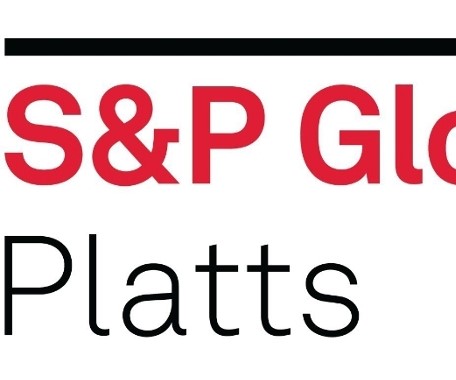
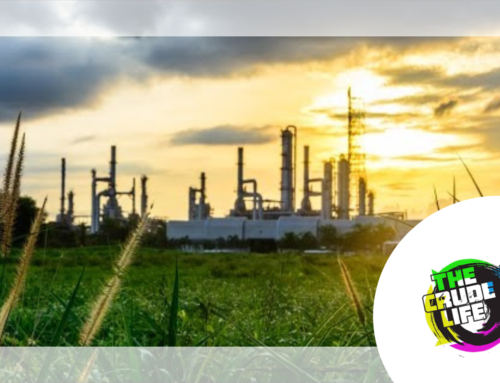
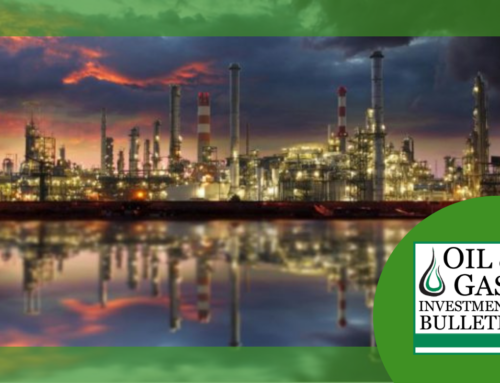

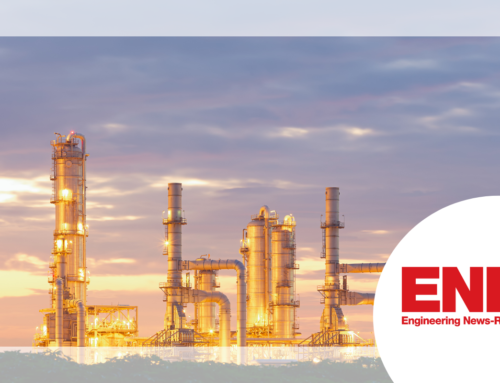
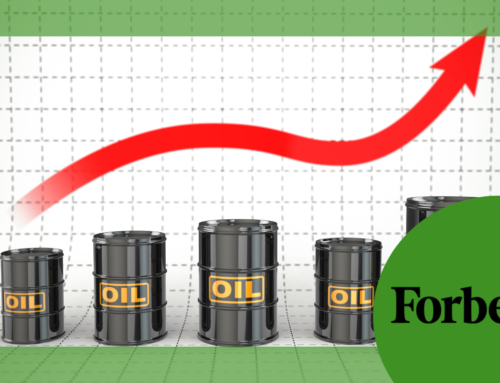
Leave A Comment